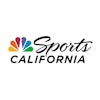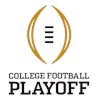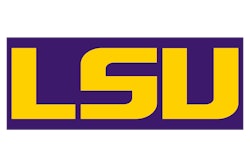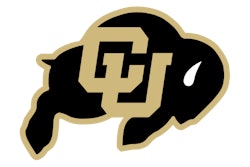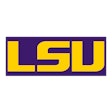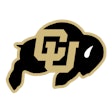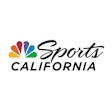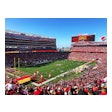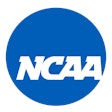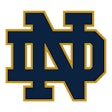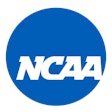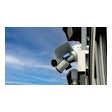Copyright 2014 Philadelphia Newspapers, LLC
All Rights Reserved
A crowd had gathered around his booth at the US Lacrosse National Convention, and the founder and CEO of Brain Sentry was explaining what would happen if he let it drop.
Affixed to its rear, the helmet had a small impact sensor, made by his company, Brain Sentry.
When the helmet registers the kind of shock powerful enough to cause a concussion - such as being dropped from a height - the device emits a strong red LED light visible from 30 yards away in bright sunlight.
If Merril succeeds, the units will soon become a mandatory safety accessory on football, lacrosse and hockey helmets.
The goal of the technology isn't to diagnose concussions, but to give an unmistakable signal that one could have happened. Merril wants a possible brain injury to be just as plain to see as when a player sprains an ankle.
"Everyone sees the light: The other players, the officials, the coaches, the parents on the sidelines. That player needs to come to the sideline to be assessed," Merril said. "It's impossible for a coach, or anyone, to see all the hits that are happening on the field."
Merril was pitching the Brain Sentry devices to the more than 7,000 lacrosse coaches, officials and administrators expected in town for the three-day convention.
The two-year-old company launched its devices onto the marketplace last summer. The Louisiana State football team used Brain Sentry-equipped helmets during practices and scrimmages, and the plan is for Arena Football League teams to adopt the technology this season.
Each Brain Sentry unit sells for $60 - teams and leagues get discounts - and lasts for one season. They're turned on once at the beginning of each season, and don't ever need to be recharged.
The roughly one-ounce, three-inch long devices are encased in a bulletproof, polycarbonate plastic that can withstand direct hits. At the convention, Merril had several sitting in a fishbowl filled with water to demonstrate their resistance to the elements. They attach to the back of helmets with a strong adhesive.
Some competing products have more bells and whistles, such as data that can be downloaded to laptops or mobile devices. But Merril, who is targeting the youth market wanted simplicity to be a hallmark.
"I can't ask my 12-year-old to charge his helmet," said Merril, a 48-year-old former tennis pro and racecar driver involved in his third tech startup.
"We wanted to stay laser-laser-focused on which kid needs to be assessed for concussion. And we can do that just by turning on a light."
@ByTimMcManus
Terms and Conditions Privacy Policy











